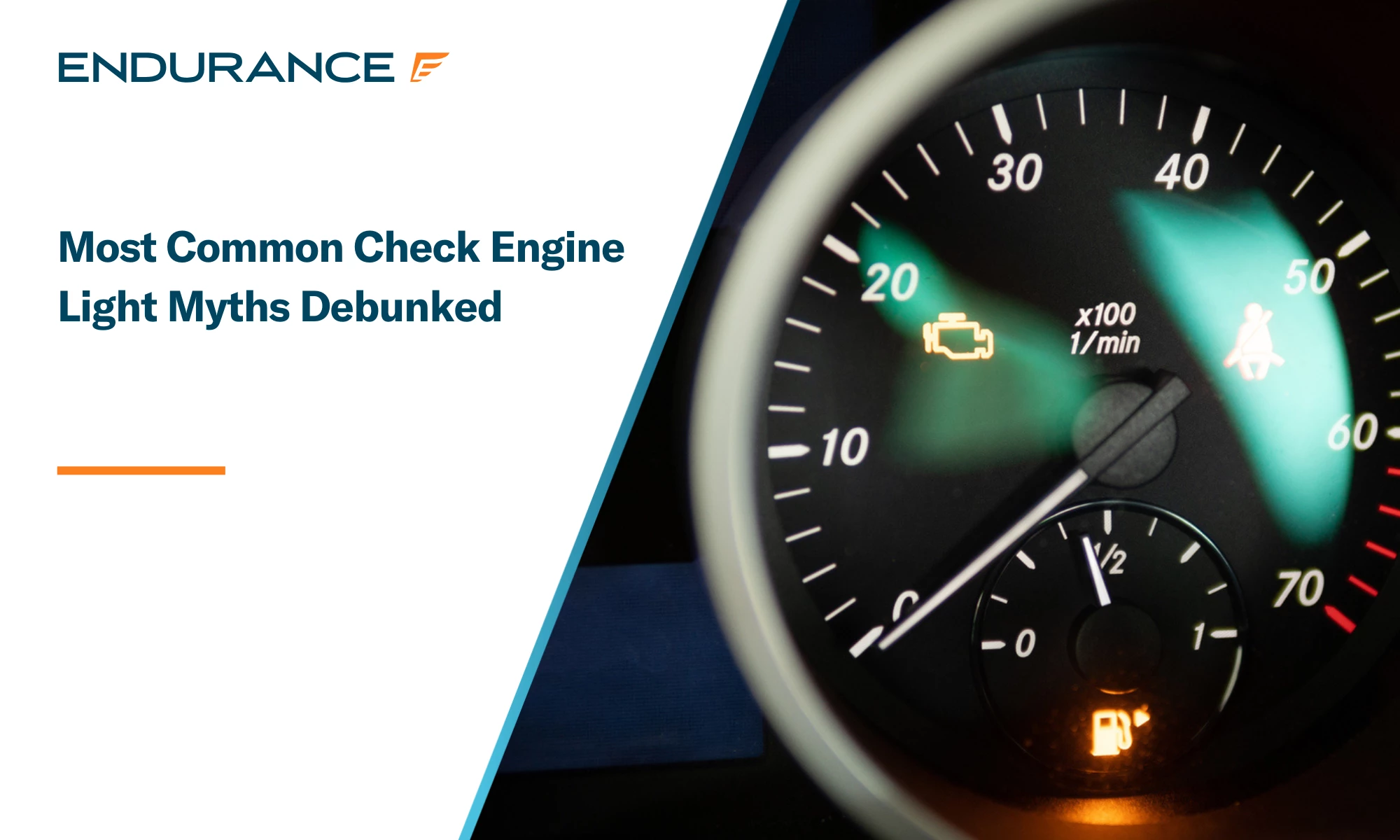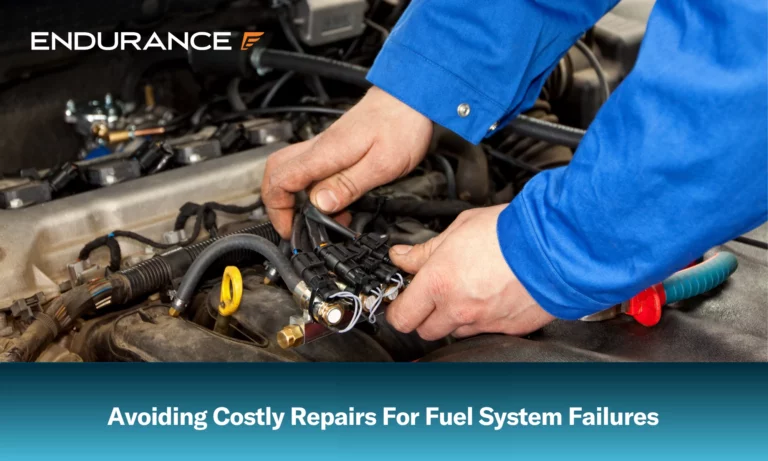
4 Common Check Engine Light Myths You Should Stop Believing
The check engine light (CEL) is a crucial warning indicator that shouldn't be ignored. Here's the truth behind the most common misconceptions about this important dashboard light.

Car dashboard with check engine light
Myth 1: It Always Indicates a Major Problem The CEL can illuminate for both minor and major issues, including:
- Loose gas cap
- Need for oil change
- Faulty oxygen sensors
- Failed spark plugs
- Sensor malfunctions
- Low transmission fluid
- Battery issues
- Computer glitches
To assess the severity:
- Listen for unusual sounds
- Monitor vehicle performance
- Use an OBD-II scanner for specific error codes
Myth 2: Disconnecting the Battery Fixes It While disconnecting the battery temporarily resets the light, it:
- Doesn't solve the underlying issue
- Erases important diagnostic data
- May cause the light to return once the problem is re-detected
Myth 3: You Can Ignore It If the Car Runs Fine Ignoring the CEL can lead to:
- Decreased fuel efficiency
- Reduced engine performance
- Increased emissions
- Potential catastrophic engine failure
- Higher repair costs long-term
Myth 4: Only Mechanics Can Read the Codes You can now:
- Purchase affordable OBD-II scanners
- Read and interpret codes yourself
- Understand issues before visiting a mechanic
- Make informed decisions about repairs

Auto mechanic in black shirt
Proper Response to Check Engine Light:
-
,[object Object],
,[object Object],
,[object Object],
,[object Object],
,[object Object],
,[object Object],
Consider investing in an extended warranty or vehicle service contract to protect against unexpected repair costs and ensure access to qualified repair facilities when needed.

Danica Patrick with vehicle breakdown tools

Woman organizing winter items in garage

Mechanic inspecting fuel system components
Related Articles

Winter-Ready: Smart Garage Organization Tips for Car Maintenance

